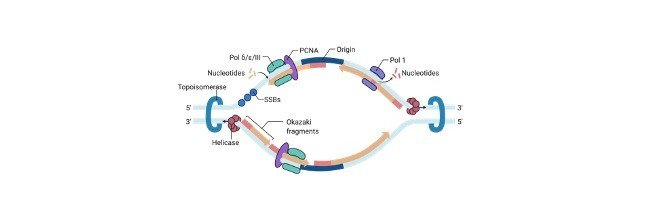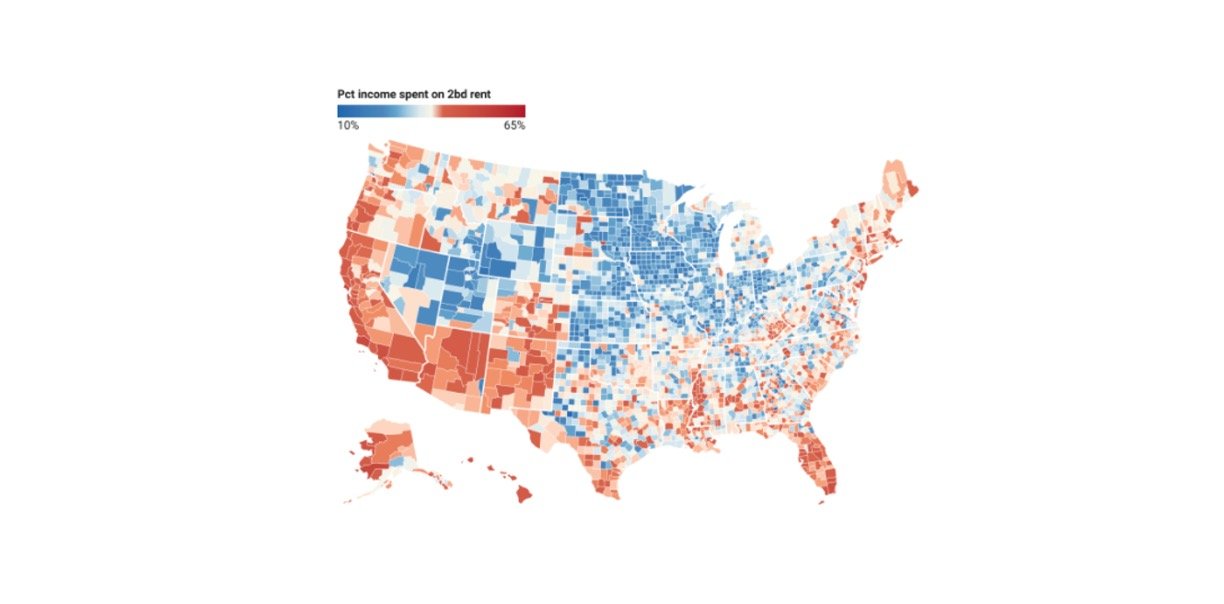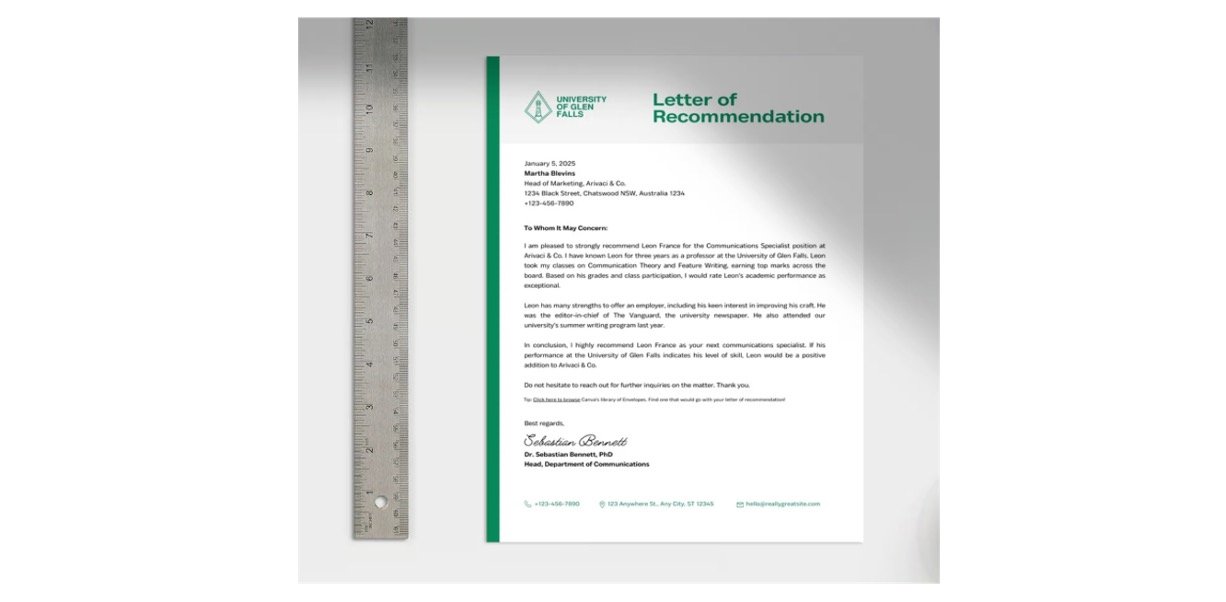Origin of Replication
The origin of replication is nothing but a sequence of DNA, at which the replication is initiated on a chromosome, plasmid or a virus. For the small DNAs, which includes bacterial plasmids and other small viruses, where a single origin is sufficient.
Where as the organisms containing larger DNAs have many origins for replicating. The DNA replication is initiated in all of these.
In other cases, if the replication needs to be proceeded from a single origin, it takes a long time to replicate the entire mass of the DNA.
It is said that during each of the process of cell division, usually 30,000 to 50,000 activated origins of replication of DNA are present in humans and it does not remain clear till how these sites are selected and these sites are recognized by the replication factors.
Replication of DNA in the multicellular organisms should accommodate the variations in growth conditions and damage in the DNA.
It also should adapt the changes that is being occurring in the organization of the chromatin which is being associated with the process of cell differentiation and in development of the cell.
However, the selection of origin of replication in the metazoans was being occurred with variety of choices in identifying the cell and also in checking the conditions of the growth.
This also suggests that during the evolution processes, the replication uses its origin to become more controlled by the mechanism of epigenetic factors and mechanisms which affects the chromosomal dynamics and their expression than that of the DNA synthesis.
What is Origin of Replication?
The origin of replication, which is also known as replication origin is a particular sequence in a genome where the process of replication is initiated.
Propagation of a genetic molecules between the generations requires accurate and a timely duplication in the DNA by the process of semiconservative replication which occurs prior to the cell division to ensure that each daughter cells receives the full complement of the chromosomes.
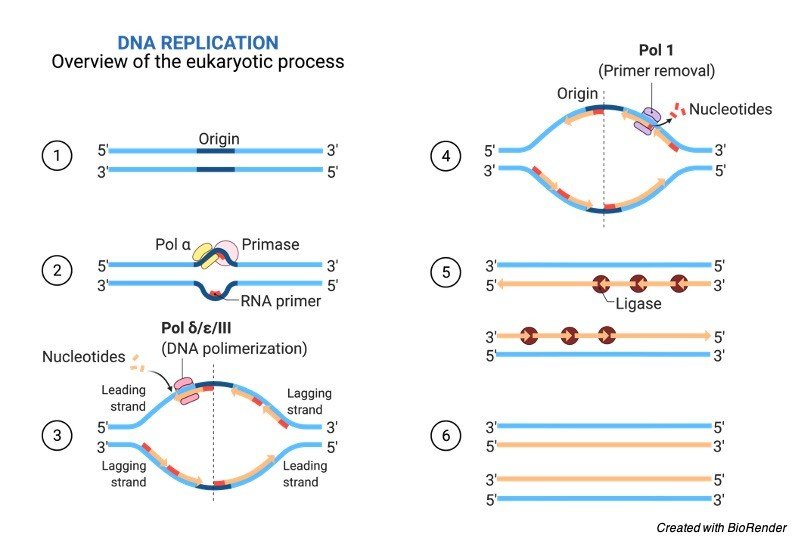
This replication process occurs both in prokaryotes and eukaryotes in their genetic material either DNA or RNA, where viruses contain mostly RNA; such as double stranded RNA viruses.
Production of double strands which have been initiated at a discrete site, which are termed as replication origin which further proceeds in a bidirectional manner till all the genomic DNA replicates.
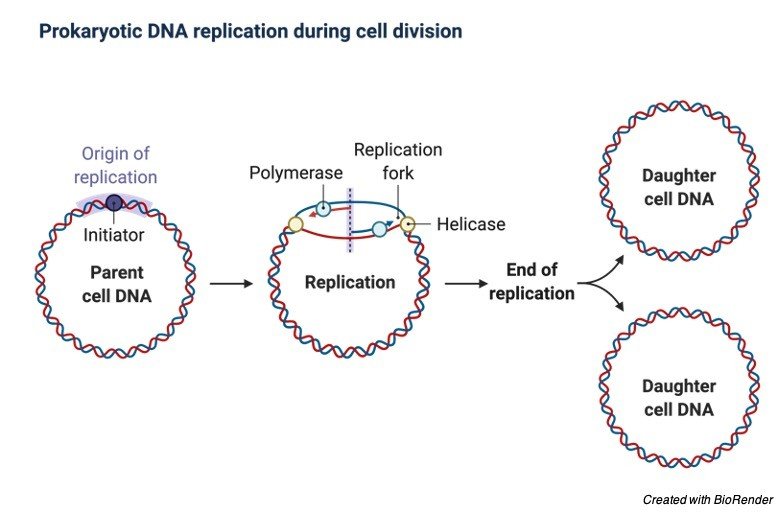
In spites the fundamental nature of this activities, organisms has evolved as divergent variants which control the onset of replication.
Though the replication process is specific in structure and in organizing the recognition sites varies from species to species, where only some common characters are shared.
Characteristics of Origin of Replication
An important need for the replication of DNA is it should occur in extremely high fidelity and should have exact efficiency in one cell per cell cycle which prevents the accumulation of the genetic alterations along potentially deleterious consequences for the survival of cell and in organismal viability.
Incomplete, erroneous or irregular replication of DNA gives rise to the mutations in the chromosomal polyploidy or aneuploidy of the chromosomes along with the variations in the copy number of the gene.
These leads to many diseases and disorders in the cell which also leads to tumor and cancer formations.
In order to ensure complete and accurate duplication in the genome the flow should be maintained correctly to inherit the accurate information to the newly produced cells.
All of these replications should be regulated in an accurate manner along with the cell cycle but it is also important for co ordinating the transcription and DNA repair.
In addition to this, it also originally sequences the commonly having high AT-content across all the cells , as it has number of repeats of adenine and thymine it is easy to separate their base stacking interactions which are not strong as those of guanine and cytosine.
Mechanism of Origin of Replication
DNA replication is divided into different stages. During the initiation the replication machineries which are commonly termed as replisomes are let to assemble on the DNA in a bidirectional fashion.
This assembling of loci constitutes the initiation sites for the process of DNA replication which is also termed as replication origins or origin of replication.
In elongation phases, these replisomes travel in the opposite directions with the replication forks, which unwinds the DNA helix and produces complementary daughter strands of DNA with the help of two parental strands which act as templates, Once the replication is completed, specific termination leads to the disassembly of the replisomes.
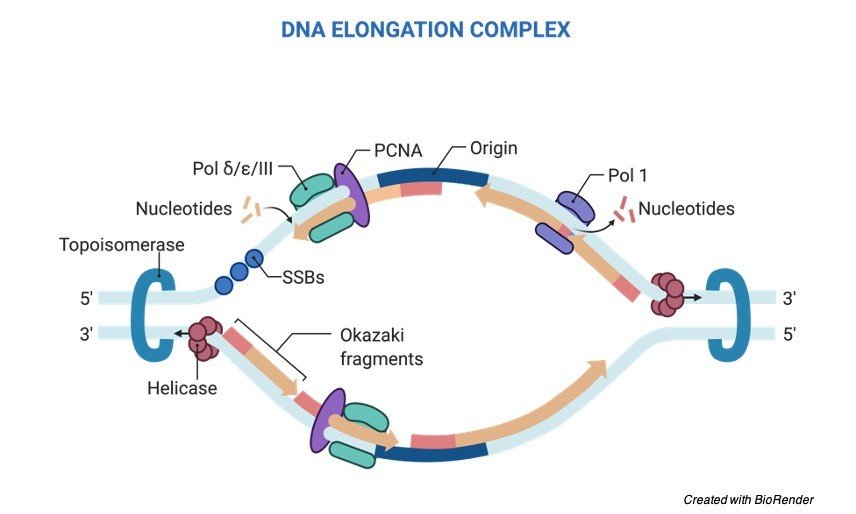
As longer the time takes for the duplication of the entire genome before the process of replication, we might assume that the particular location of sites of replication; where the replication starts does not taken into concern.
Although it has been shown that many of the organisms use the genomes regions which they have preferred for the process of replication as their initiation sites.
It is important to regulate the origin of replication because this step likely arises as there is a need to co ordinate the process of replication with the other processes which act on the shared template on the chromatin so that it helps to avoid the DNA strand breaks and the damage that occurs in the DNA.
Origin of Replication Citations
- Mapping the Single Origin of Replication in the Naegleria gruberi Extrachromosomal DNA Element. Protist . 2019 Apr;170(2):141-152.
- Chromosomal origin of replication coordinates logically distinct types of bacterial genetic regulation. NPJ Syst Biol Appl . 2020 Feb 17;6(1):5.
- Do Archaea Need an Origin of Replication? Trends Microbiol . 2018 Mar;26(3):172-174.
- Origin of DNA replication. PLoS Genet . 2019 Sep 12;15(9):e1008320.
Share
